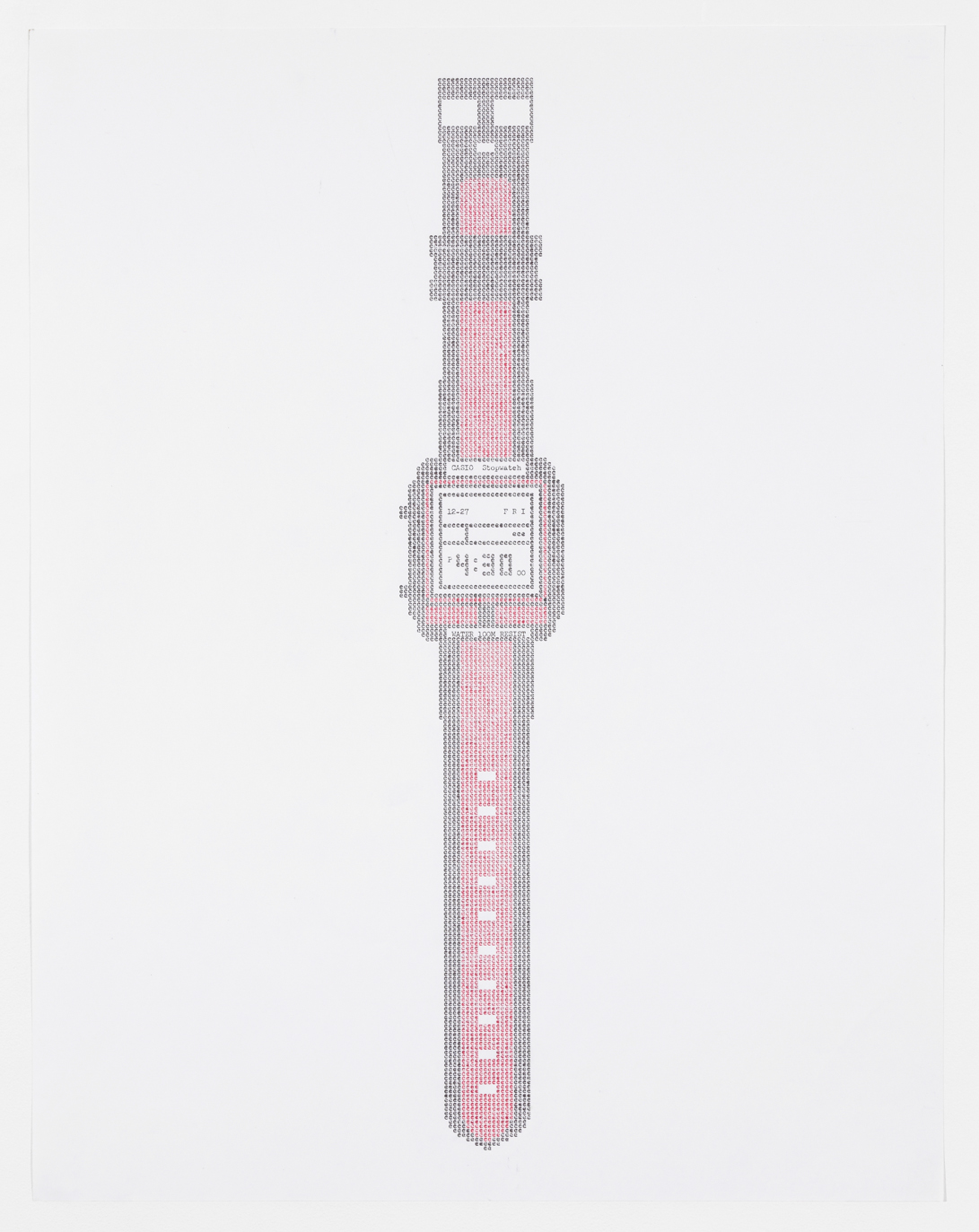In 1973, when he was just thirteen years old, Knowles recorded an audio tape that wound up in the hands of Robert Wilson. On the tape, Knowles recites a poem about his sister, chanting a series of variations of the three phrases “Emily likes the TV,” “because she watches the TV,” and “because she likes it,” over and over again in different constellations, until the sentences dissolve into pure sound and all meaning is wiped away, only to be put back together again like Russian dolls being reassembled.
...Emily likes the TV, because, Emily likes the TV, because, Emily likes the TV, Emily likes the TV, Emily likes the TV, Emily likes the TV, Emily likes the TV, Emily likes the TV, Emily likes the TV, Emily likes the TV, Emily likes the T, Emily likes the T, Emily likes the T, Emily likes the T, Emily likes it, Emily likes it, Emily likes, Emily, Emily, Emily, Em, Em, Em, m, m, m, m, m, m, m, m, m, m, m...
Wilson was instantly intrigued. He transcribed Knowles’s words and found that the seemingly random variations were not random at all. What at first had sounded arbitrary was in fact extremely structured and precise and constituted a pattern, establishing a world of its own. Wilson invited Knowles to see his play The Life and Times of Josef Stalin—a wordless, twelve-hour long piece with more than 120 performers—and he traveled to visit Knowles at his school in Schenectady, New York. Wilson didn’t like the way the teachers were treating Knowles, correcting his actions and his speech, dogmatically imposing their reality onto his, and he convinced Knowles’s parents to pull him out of school. Soon Knowles was living with Wilson, the beginning of a long and unusual collaboration.
In the ‘60s and early ‘70s, Wilson’s works had been silent—no text, no libretto, no words. He had been creating plays with the deaf-mute Raymond Andrews, but now Knowles’s formal and plastic approach to language started to enter Wilson’s pieces. One day, Knowles was speaking in an elaborate Victorian English, apparently reciting a text he had read and memorized. This soliloquy became the central piece of Wilson’s 1974 play A Letter for Queen Victoria.
Two years later, Knowles’s texts were used as the libretto for Einstein on the Beach, the era-defining opera directed by Wilson and composed by Philip Glass. The opera propelled Knowles into the center of the avant-garde art world, the New York social scene fascinated with his idiosyncratic ordering of language and time, his wit, his sincerity. In his diaries, Andy Warhol wrote “The Knowles boy, the star of the play, sounds so normal when you talk to him, you wouldn’t know he’s autistic. He answers whatever question you ask, but I guess the problem is he never says anything if you don’t ask him.”
